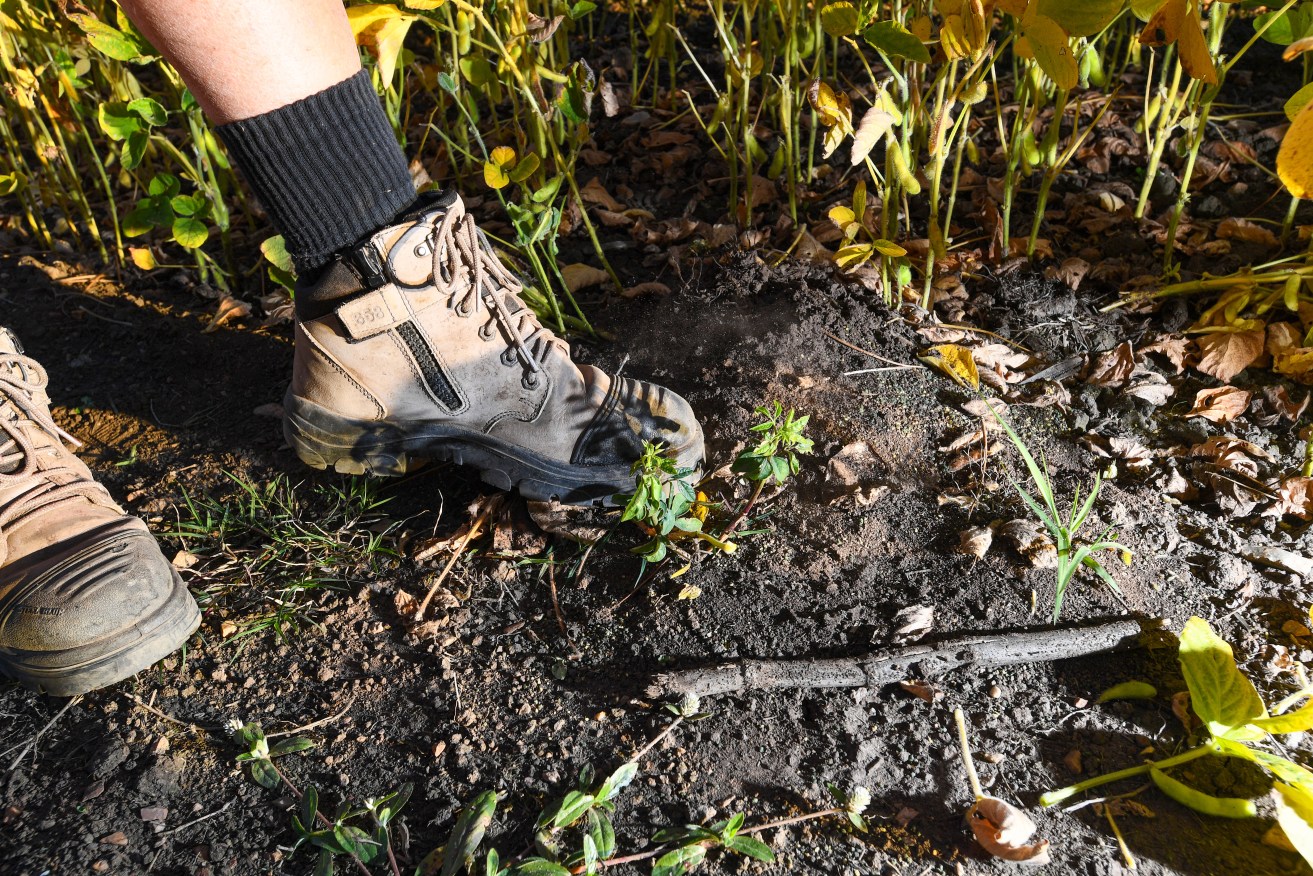Fire ant invasion could sting country billions

A Senate inquiry is set to investigate the impact red imported fire ants could have on Australia. Photo: AAP
More than 8.3 million Australians a year will suffer excruciating stings from red fire ants if the invasive pests are allowed to infest the country.
That’s the worrying prediction from the National Fire Ant Eradication Council as a Senate inquiry investigates the impact red imported fire ants will have on humans, agriculture, the environment and infrastructure if they establish colonies around the country.
Current response plans and funding arrangements will also be put under the microscope.
The eradication council estimates more than 83,000 people could require medical attention for stings, costing more than $114 million a year.
“Students are most likely to encounter fire ants in playgrounds or sports fields and thus are at greater risk of stings,” the eradication council said in its submission.
The Invasive Species Council said governments had underestimated fire ants since they were first detected on Australian shores in 2001.
“Combined fire ant impacts are estimated to be up to $2 billion annually if they are allowed to spread across the continent,” it said in its submission.
The burning impact of the invasive eusocial insects is not limited to humans.
The ants could also endanger almost 95 per cent of amphibians, 69 per cent of reptiles, 45 per cent of birds and 38 per cent of mammals, the eradication council said.
“These include iconic species such as the platypus, echidna, spotted tail quoll, southern cassowary, night parrot, saltwater turtles and endangered frogs,” it said.
The nation’s food stocks could also take a hit with the beef industry facing potential costs of more than $300 million per year and the crops industry $30 million more.
Fire ants are considered a super pest, causing costly long-term public health, agricultural, economic and environmental damage in countries they invade.
“Australia’s climate is optimal for fire ants and if left untreated, they have the potential to inhabit most of Australia,” the eradication council warned.
Climate change is likely to increase the risks of ants spreading into previously forested bushfire-affected land.
Flooding also poses risks.
A fire ant response plan to deliver $593 million in funding until 2027 was agreed to by all federal, state and territory ministers in 2023.
The plan is yet to be endorsed by the South Australian, West Australian and Tasmanian governments.
—AAP








